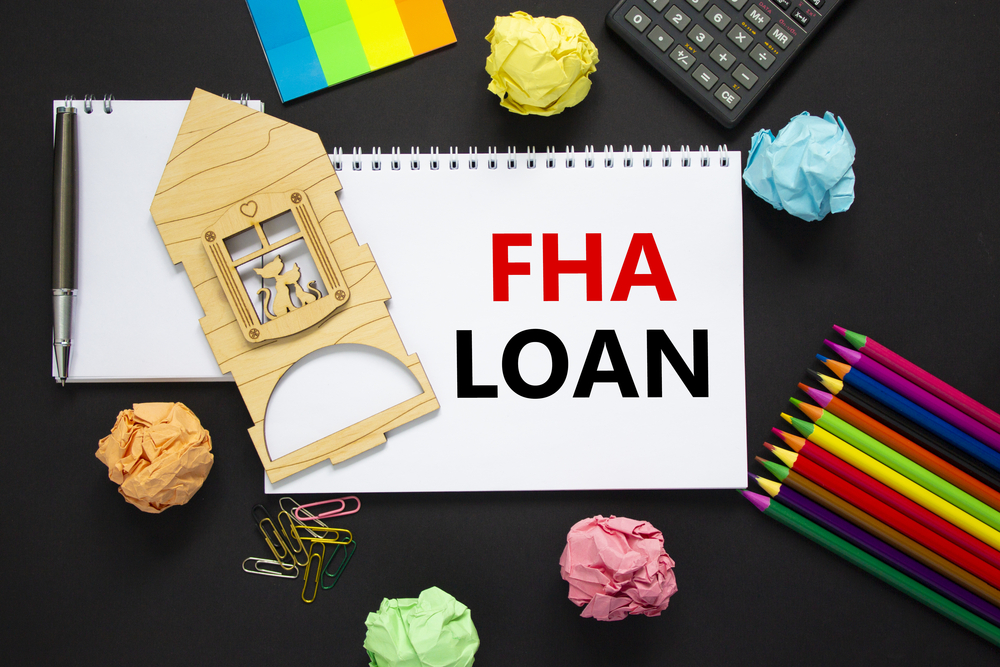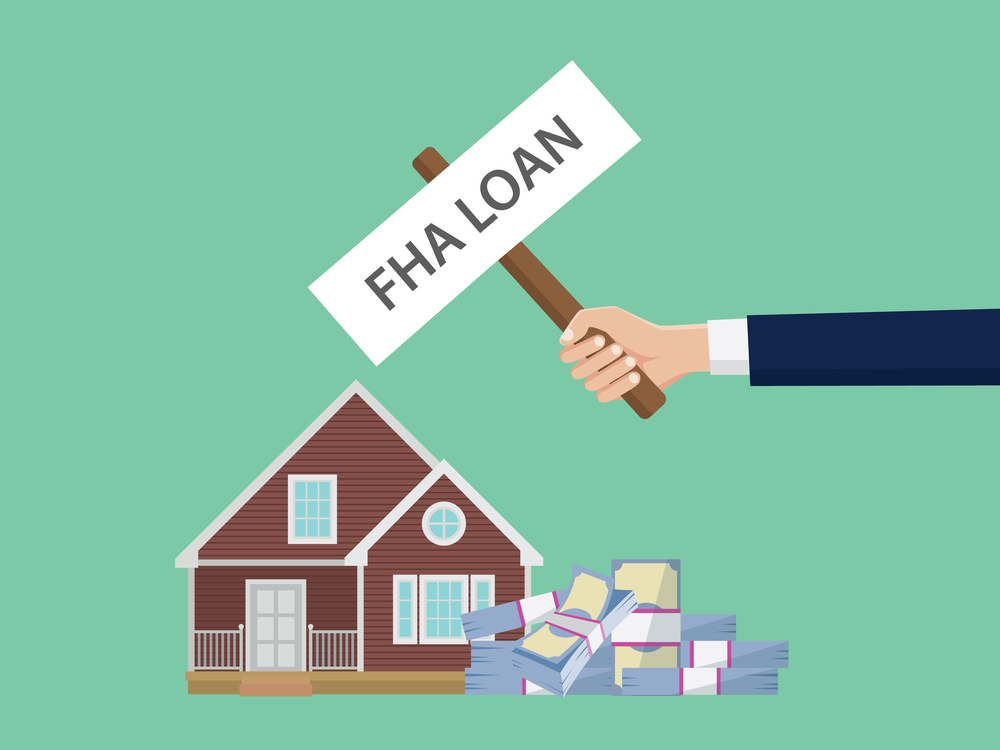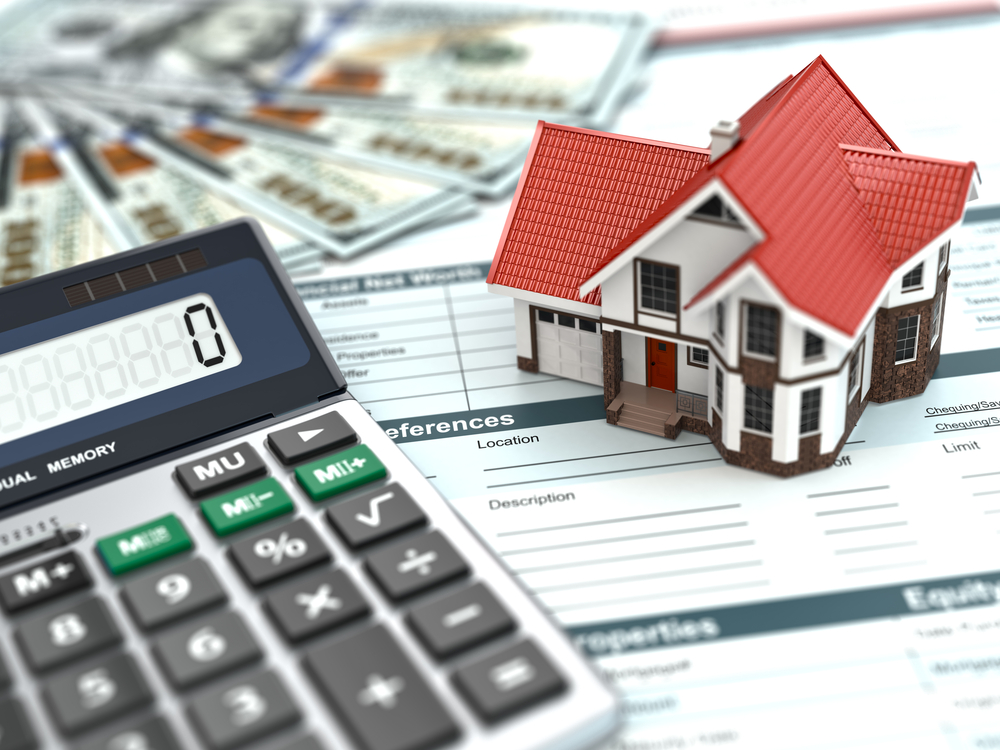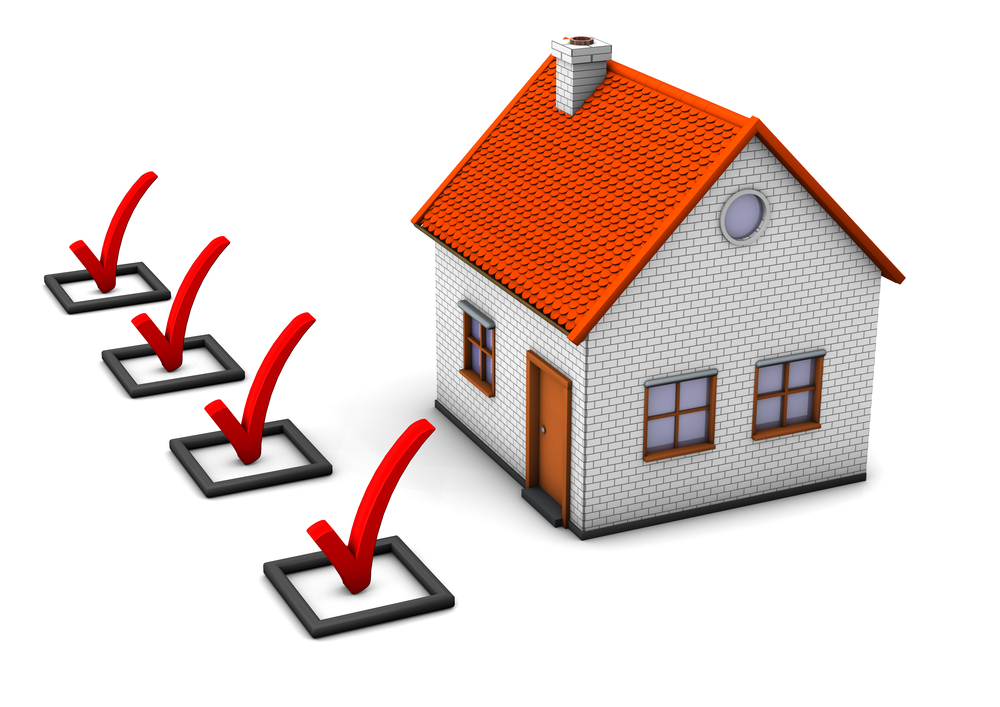Buying a home can be thrilling, but high mortgage rates may dampen your excitement.
Every year, thousands search for ways to lower their housing costs.
This article outlines seven savvy strategies that put you in control of your mortgage payments, making homeownership more affordable.
Dive in and start saving!
Key Takeaways
- Increase your down payment to get a lower mortgage rate, which can lead to smaller monthly payments and the potential elimination of private mortgage insurance costs.
- Extend your loan term or switch to biweekly payments for possible reductions in monthly payments and quicker build-up of home equity.
- Make energy-efficient upgrades and reassess property taxes to potentially decrease ongoing housing expenses, including utility bills and tax obligations.
.
- Refinance when interest rates drop to take advantage of better terms that could result in significant savings over the life of the loan.
- Paying extra toward your mortgage principal can reduce long-term interest costs and help you pay off your loan faster without needing to refinance.
Benefits of getting a lower mortgage
Securing a lower mortgage means you spend less on interest over the life of your loan. You’ll pocket more cash each month, freeing up funds for investments, emergency savings, or even home improvements that can increase your property’s value.
With these extra savings, you may have the chance to pay off your home loan faster by applying additional payments toward the principal balance, cutting down the number of years you’re in debt.
A reduced monthly mortgage payment also gives you financial breathing room in your budget. It enables more flexible spending choices and can help reduce stress related to finances. Simply put, stronger purchasing power and peace of mind are yours when you manage to lower your housing costs.
Ready to learn how a high mortgage rate impacts you? Let’s dive into what happens if you find yourself with a steeper loan cost next.
What happens if you have a high mortgage rate?
With a high mortgage rate, your monthly payments swell significantly. This means you’re forking over more money towards interest and less towards actually owning your home faster.
Over time, these steeper payments can strain your budget, potentially limiting how much you can spend or save for other goals like retirement or college funds.
Your ability to refinance might also be hampered by high rates. Suppose market conditions shift and interest rates drop; if you’re locked into a higher rate, refinancing to snag that lower cost savings becomes tougher.
High rates affect not just current finances but future ones too. Your total payout over the life span of the loan surges compared to what you would pay with a lower interest rate.
To minimize financial stress and maximize home equity growth, keeping an eye on those rates is crucial for any homeowner navigating the housing market landscape.
How to get a lower mortgage
To get a lower mortgage, consider putting down more money upfront, signing onto a longer loan term, getting rid of private mortgage insurance, having a property reassessment to lower taxes, making energy-efficient upgrades, switching to biweekly payments, and refinancing when rates are better.
Put down more money up front
Boost your chances of snagging a lower mortgage rate by increasing your initial down payment. Lenders often view larger down payments as less risky, which can translate to more favorable loan terms for you.
Making a significant upfront investment could mean smaller monthly payments and less interest over the life of your loan.
Consider saving diligently before house hunting so you can afford to put a substantial amount toward the purchase right off the bat. Not only does this approach show financial responsibility, it also builds equity in your home faster, setting you on a path to owning outright sooner rather than later.
Plus, with enough money down, you might avoid paying private mortgage insurance altogether — a move that keeps even more cash in your pocket each month.
Sign on to a longer loan term
To potentially lower your mortgage payment, consider signing on to a longer loan term. Extending the repayment period may reduce your monthly payments, making it more manageable for you in the long run.
Be aware that while this can decrease your immediate financial burden, it could result in paying more interest over time. Always weigh the pros and cons before committing to an extended loan term.
Get rid of private mortgage insurance
If you have managed to extend your loan term successfully, the next step is getting rid of private mortgage insurance (PMI). This additional cost can be eliminated once you’ve reached 20% equity in your home.
One way to achieve this is by making extra payments towards your principal balance. Regular and consistent contributions have the potential to increase the equity in your home faster, ultimately allowing you to request cancellation of PMI.
Furthermore, if there’s been an increase in property values or you’ve made significant improvements that boost the value of your home, it might be worth considering a reassessment.
Have a property reassessment to lower taxes
After taking steps to get rid of private mortgage insurance, you can also consider having a property reassessment to lower taxes. A property reassessment could result in a reduced taxable value for your home, which would ultimately lead to lower property taxes.
This can be especially beneficial if the current assessment does not accurately reflect the true value of your home or if there have been changes in the local housing market that could affect property values.
It’s worth exploring this option as it might provide significant long-term savings and contribute to lowering your overall housing expenses.
Make energy-efficient upgrades
To further maximize your savings, consider making energy-efficient upgrades to your new home. By investing in improvements like energy-saving appliances, LED lighting, and better insulation, you can significantly reduce your monthly utility bills while also contributing to a more sustainable environment.
Additionally, these upgrades may also increase the overall value of your property and make it more appealing when it comes time to sell or refinance.
Making energy-efficient upgrades not only decreases your environmental footprint but can also lead to long-term cost savings by reducing energy consumption in your home. With a wide range of options available on the market today, you can customize these upgrades based on what best suits your lifestyle and budget while reaping the benefits in both the short and long term.
Switch to biweekly payments
Switching to biweekly mortgage payments can help you pay off your loan faster. Instead of making 12 monthly payments, you make half a payment every two weeks, resulting in 26 half-payments or 13 full payments per year.
This strategy helps reduce the interest paid over time and can potentially shave years off your mortgage.
Refinance when rates are better
When rates are better, refinancing your mortgage can help you secure a lower interest rate and reduce your monthly payments. By taking advantage of improved rates, you have the opportunity to save money over the life of your loan.
Refinancing now can also allow you to switch from an adjustable-rate mortgage (ARM) to a fixed-rate mortgage if that suits your financial goals better.
Consider refinancing when market conditions are favorable, as this could give you more flexibility with different loan terms and options available for lowering your overall mortgage costs.
Lower mortgage: Frequently asked questions
Curious about how easy it is to lower your mortgage or who can help you with the process? We’ve got all your frequently asked questions covered!
Is it easy to lower your mortgage?
Lowering your mortgage is not always easy, but it’s possible with careful planning and strategic actions. You can start by improving your credit score, putting down a larger down payment, or refinancing to secure better interest rates.
Additionally, consider making energy-efficient upgrades and regularly reassessing property taxes to potentially lower your mortgage payments over time.
Hiring a reputable mortgage broker or seeking assistance from first-time homebuyer programs can also help you navigate the process of lowering your mortgage effectively. By staying informed about the housing market and being proactive in exploring available options, you can work towards achieving a more manageable mortgage rate and monthly payments.
Who can help you lower your mortgage?
If you’re looking to lower your mortgage, there are professionals who can assist you in this process. Mortgage brokers can help you navigate the complexities of refinancing and finding the best rates.
They have access to a wide range of lenders and loan products, which can potentially result in substantial savings for you. Additionally, financial advisors can provide guidance on improving credit scores and managing your finances to qualify for better mortgage terms.
Furthermore, real estate agents may offer insights into property tax appeals or first-time homebuyer programs that could reduce your overall mortgage burden.
How can I lower my house payment without refinancing?
When considering how to lower your house payment without refinancing, you can look into making extra payments towards the principal balance of your mortgage. By paying additional amounts directly towards the principal, you can reduce the overall interest paid over time and shorten the loan term.
Another option is to make biweekly payments instead of monthly ones, which can lead to an extra full payment each year and ultimately reduce the total interest paid on the loan.
Consider making use of any windfalls or bonuses received throughout the year toward paying off a chunk of your mortgage’s principal amount, which could help decrease your overall debt and save on interest costs in the long run.
Can I lower my monthly payment by paying extra principal?
A great alternative to lowering your monthly payment without refinancing is by paying extra principal. Making additional payments towards the principal of your mortgage can help reduce the amount owed on the loan, allowing you to pay off the mortgage faster and save on interest over time.
By doing this, you can effectively lower your monthly payment in the long run.
Consider allocating any extra funds or windfalls toward your principal balance. Even small additional payments can add up and make a significant difference in reducing both total interest paid and overall loan term while helping you achieve a lower monthly mortgage payment.
Ready to lower your mortgage?
Ready to lower your mortgage? With a bit of effort and careful planning, getting a lower mortgage is achievable. By considering various strategies such as putting down more money upfront or refinancing when rates are better, you can take control of your mortgage.
By taking advantage of these tips, you can watch your monthly payments decrease over time.
With any real estate topic, any decision you make is a major one. To learn more about what you can do to lower your mortgage payments, you’re best off connecting with a mortgage expert who can help you weigh your options.
Lower your mortgage: More FAQs
1. How can I lower my mortgage?
Lowering your mortgage involves improving your credit score, paying off existing debts, and shopping around for the best interest rates.
2. Can I negotiate my mortgage rate?
Yes, you can negotiate your mortgage rate by comparing offers from different lenders and leveraging those quotes to negotiate with your preferred lender.
3. What is the ideal down payment to secure a lower mortgage?
A larger down payment of 20% or more of the home’s purchase price can help secure a lower mortgage and potentially avoid private mortgage insurance (PMI).
4. How important is a good credit score in obtaining a lower mortgage?
Having a good credit score is crucial for securing a lower mortgage as it indicates financial responsibility and may qualify you for better interest rates.
5. Can refinancing help me get a lower mortgage?
Refinancing can potentially help you obtain a lower monthly payment or reduce the overall interest paid on the loan if done at the right time and under favorable market conditions.
Book a free consultation with a mortgage expert today to learn more about what you can do to lower your monthly mortgage payments.
Disclaimer:
The content provided on this website is offered for educational purposes only. While we endeavor to provide accurate and up-to-date information, we make no representations or warranties of any kind, express or implied, about the completeness, accuracy, reliability, suitability, or availability of the content for any purpose. Visitors are advised to consult with qualified experts before making any financial decisions or taking any actions based on the information provided on this website.












